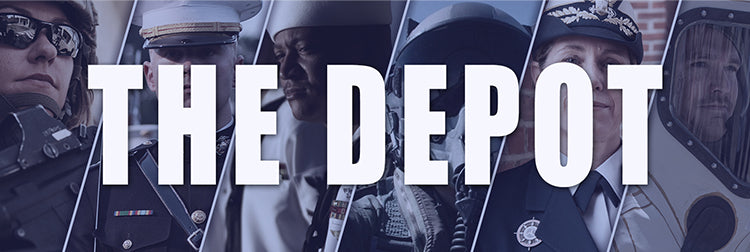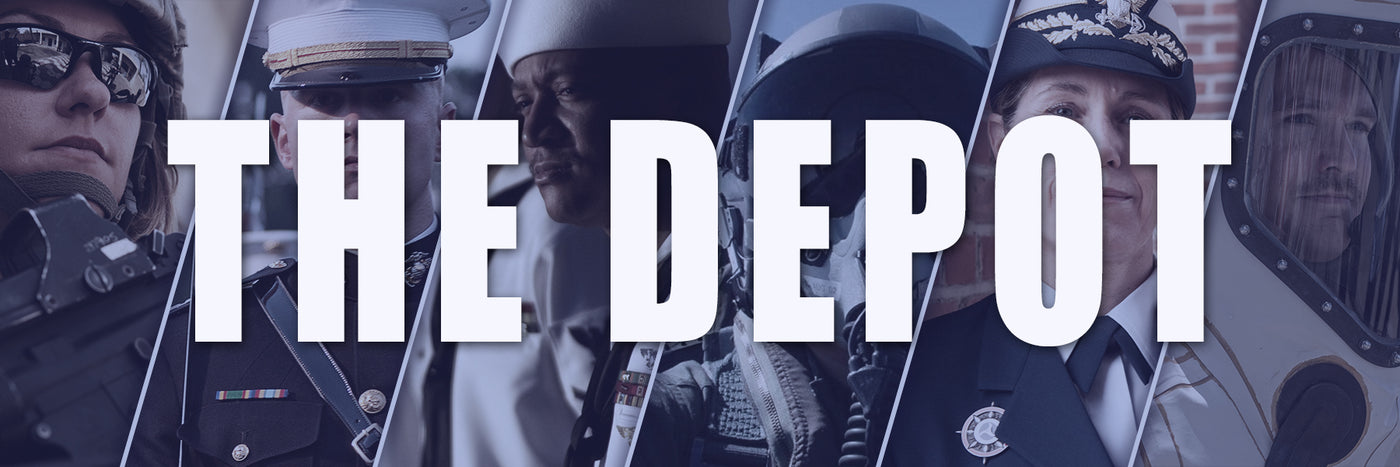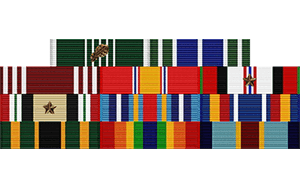
What is a Bronze Star? 10 Things to Know
This decoration is awarded to a person in any U.S. military service who has distinguished themselves by heroic or meritorious achievement or service, not involving participation in aerial flight, in...
Blog Staff |



